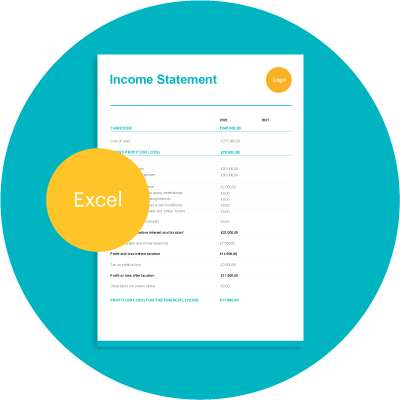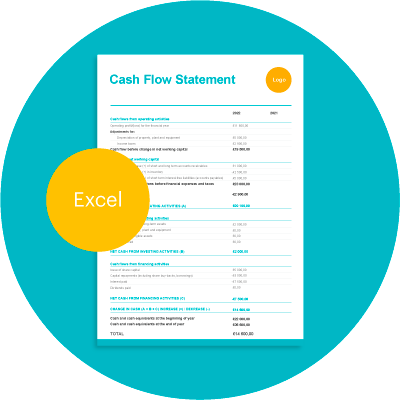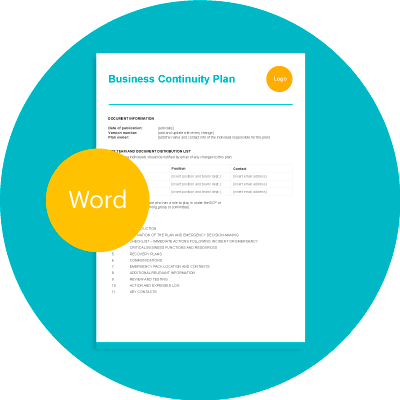
How Much Should You Charge? | Pricing Basics
What should I charge for my product/service? We hear this a lot from small business owners. Although it’s fundamental, this isn’t a straightforward question to answer, regardless of the industry – be it catering, art, babysitting, graphic design work or wedding photography.
Pricing is often seen as a balancing act: you can’t charge too little if you want to accrue profit to grow and you can’t charge too much or you’ll risk being undercut or steering away potential business.
We’ve created a pricing tool which draws real data from millions of invoices. This is real data from businesses in your field – check it out if you want to know the average prices in your industry.
Table of Contents
3 tips for setting your prices
Without delving into microeconomics, let’s look at some very basic fundamentals of how prices are set and some guiding principles for setting your own prices.
- Customers decide the price they want to pay – you follow the trends
Know the average market price of your product or service and know why it costs that much to bring it to market. How much is an equivalent product/service in the marketplace and does your offering stack up against the competition?
Be objective about how your offering compares and most importantly, don’t skimp on competitor analysis. Make an effort to understand supply and demand in your marketplace (how many people want to buy the thing you’re selling and who else sells it) and expand your knowledge of competitors processes to set your prices in relation to theirs.
Do they have good customer service, do they offer any special warranties, do they outsource production? Knowledge and wisdom are your greatest tools in business. - Work out what you need to charge
The basic logic: charge more than it costs you to sell. Sounds simple? Not exactly.
Working out your COGS or COSS (cost of goods sold/cost of services sold) requires you to calculate exactly how much it costs to bring a product or service to a consumer.
How do you determine if an outgoing cost should be considered part of the equation? Use these formulas as a very basic starting point:
COGS = Cost of wholesale supplies + transport to you + production + storage + distribution to the market
COSS = Cost of direct sales (commissions) + labour costs + transportation/travel costs + equipment use and maintenance
After you’ve calculated your COGS you need to determine your margins in order to come up with a selling price. This markup is not profit however – it must also cover operational and overhead costs such as rent and marketing. - Pricing requires strategy
So you’ve calculated the COGS/COSS and you have a break-even figure in mind. Now comes the strategy. This is completely dependent on your business model and how you wish to be perceived in the marketplace.
In principle, there are 4 main pricing strategies, each with pros and cons:
Premium pricing: A premium service or product demands a higher price. This is effective when your competitive advantage lies with your brand or a higher quality product or service. Your margins may be larger but this usually comes with a higher COGS/COSS and with higher overheads for branding, marketing and providing a premium customer experience.
Economy pricing: On the other end of the scale you have economy pricing. This can be a welcome disruption in a competitive landscape dominated by premium prices. People will make the trade-off in quality of service or product if they think it’s good value for money. The tight margins of this strategy are compensated by a higher volume of sales due to more accessible pricing and the lower overhead costs involved in branding and marketing.
Penetration pricing: To penetrate the market with a new product, the initial price is set very low. An introductory offer commonly ends after a set period or after a market share is established (when 10% of the target market is reached, the offer ends).
Skimming strategy: A skimming strategy is common in the tech industry – charge a premium price whilst there are little-to-no competitors for your new, innovative product. If you offer a new feature, it’s only a matter of time before it’s available elsewhere on the free market for a lower price. When this happens, you will reduce prices to reflect the market price.
What data do you need to set your prices appropriately?
There’s a few key things you must know before taking a data-first approach to setting your prices. First, consult your business plan – particularly the sections where you recorded your in-depth market analysis. Your vision for the future should
When you have a good understanding of the competitors in your market and you have an idea how your brand is perceived against them then you’ll be better able to set prices competitively.
Know your costs. Make sure that you are entirely aware of all your overhead costs and the COGS (cost of goods sold) for each of your products/services. You can work backwards from an average price point and adjust this in line with your overheads. Remember to factor in profit and growth to your pricing.
Take this thought-process example:
If you plan to take two weeks of holiday per year, that leaves you with 50 weeks of working time. Working five days a week and 8 hours per day equals 2000 billable hours a year. Then, factor in hours that you can’t bill to the customer – such as bookkeeping, marketing, updating your skills.
This will leave you approximately 1300 – 1500 hours per year you can charge for.
Using the recognized business school formula, you can then figure out how much to charge per hour based on how much profit you want to make:
Labour and overhead costs + desired profit / total hours worked = the minimum hourly rate you need to turn a profit

Types of charges
It may be that you only have one way of generating revenue, depending on your business model. With service businesses in mind, depending on the individual client, you may have to be flexible in your policy – so be prepared for all eventualities.
Fixed project cost
Here, you agree on a price before the project begins and then stick to it, no matter what. You need to cost this extremely well and build in all overhead costs in advance, as well as estimating how long the project will take you.
Hourly rate
As the name suggests, this is where you bill the customer per hour. Common in some industries, it can be off-putting for some customers, as they are unsure how much the project will end up costing them. However, it does give the provider more flexibility.
Pay up-front or upon completion
Asking for payment up-front can make customers a little uneasy, as they then have no leverage if something goes wrong. Often, companies will ask for the payment to be split – a down payment at the beginning, with the rest due when the project is complete.
Check market conditions
It is crucial to check what your competitors are charging, as this will make it easier to settle on a price for yourself. Remember, though, don’t compare yourself to larger, more established firms, as their economies of scale allow them to charge lower prices and undercut the competition.
Instead, find companies similar to your own to compare with.
Do your competitors have lower costs? Do they have fewer overheads? Do they specialize in just one product? Do they complete the work in less time? Each company has set its prices for a reason, so dig a little deeper to find why they have settled on that amount.
However, do remember that while using other company’s pricing as a barometer, you have no idea how well they are doing – they could be charging a fortune and getting no work!
Entrepreneur Imogen Roy says of this subject:
Your pricing has to sustain your business or freelance lifestyle. You need to price in your salary, costs and expenses, taxes, pension and savings. And you need to be making enough profit to invest back into yourself and your business so you can get better, and thus raise your prices and work less.
Place yourself accordingly
Before deciding on how much to charge, you will need to place yourself in the market. Are you cheap and cheerful or are you a premium commodity?
This is a very important aspect, as you don’t want to get stuck in the middle and become nothing of either, as this will scare off customers who know what they want before they come looking for a service.
With our business plan template we include a multi-dimensional perceptual map. With a tool like this you might discover where your brand sits in the spectrum between expensive and cost-effective, between premium and cheap etc.
Start small and scale up
Charging a below-average rate in the beginning can be a positive way of bringing clients on board.
This will allow you to gain a client’s trust and let them see what you have to offer. It also builds you a portfolio of work history and a bank of satisfied clients that can offer testimonies of your work and spread the word among their contacts.
It is often said that if a person receives good service, they will tell one person, but if the service is below par they will tell ten – make sure you are in the former!
While it is perfectly fine to set your prices a little lower when you start out, remember to make sure you can survive. If you do plan to do this, bear in mind that this is not a long-term strategy. It is better to be known for excellent work and justifying your cost rather than offering yourself on the cheap.
Depending on the service or product, customers may actually look for a more expensive option. Being cheap does not automatically mean more business.
And finally
Costing, as we have established, is crucial to your business.
Remember that you are in this to make money for yourself. Building profit allows your business to grow and diversify but, perhaps more importantly, safeguards you and your business’ future.
Richard Taylor, founder of software development firm ISArc, told The Guardian newspaper that:
Your profit margin is what keeps you afloat and pricing well allows you to forward plan, whether that’s replacing expensive equipment three years from now or helping you prepare for the unforeseen events that can otherwise set a small business back.
Zervant has developed a new tool that will help you price your work based on the data we have gathered from thousands of invoices and companies. You can also check out our blog for a plethora of resources on starting a business – such as this employment contract template or this zero-hour contract template. Let’s work together to make sure you get off on the right foot and succeed every step of the way.


